Related Research Articles
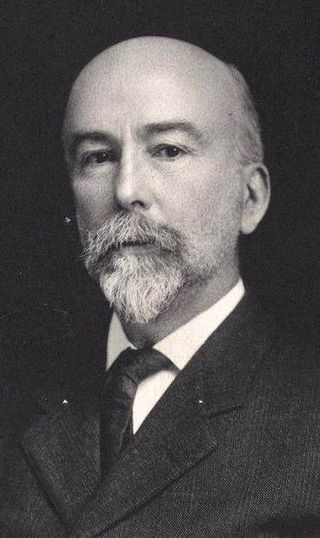
William Morris Davis was an American geographer, geologist, geomorphologist, and meteorologist, often called the "father of American geography".

Eugen Sandow was a German bodybuilder and showman from Prussia. Born in Königsberg, Sandow became interested in bodybuilding at the age of ten during a visit to Italy.

Dr. Otto Herschmann was an Austrian Jewish swimmer, fencer, lawyer, and sports official. He is one of only a few athletes who have won Olympic medals in multiple sports, having received a silver medal in swimming in 1896 and a silver medal in fencing in 1912. He also worked as a lawyer, and served as president of the Austrian Olympic Committee and the Austrian Swimming Federation. Herschmann was murdered by the Nazis in 1942 during The Holocaust.

The Harvard Advocate, the art and literary magazine of Harvard College, is the oldest continuously published college art and literary magazine in the United States. The magazine was founded by Charles S. Gage and William G. Peckham in 1866 and, except for a hiatus during the last years of World War II, has published continuously since then. In 1916, The New York Times published a commemoration of the Advocate's fiftieth anniversary. Fifty years after that, Donald Hall wrote in The New York Times Book Review: "In the world of the college—where every generation is born, grows old and dies in four years—it is rare for an institution to survive a decade, much less a century. Yet the Harvard Advocate, the venerable undergraduate literary magazine, celebrated its centennial this month." Its current offices are a two-story wood-frame house at 21 South Street, near Harvard Square and the university campus.

Bernarr Macfadden was an American proponent of physical culture, a combination of bodybuilding with nutritional and health theories. He founded the long-running magazine publishing company Macfadden Publications.
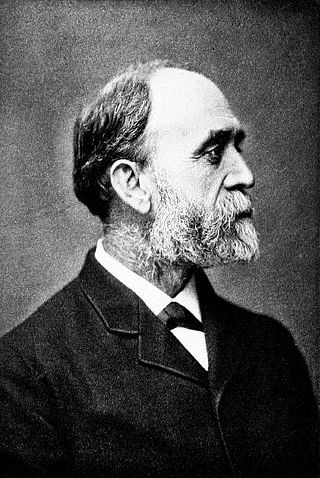
Wendell Phillips Garrison was an American editor and author.
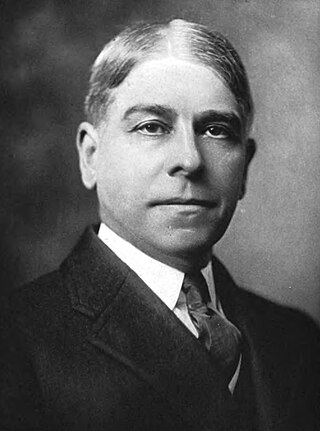
Walter Warren Magee was an American lawyer and politician from New York. He was most notable for his service as a member of the United States House of Representatives; elected as a Republican in 1914, he served from 1915 until his death.

Samuel Dennis Warren II was an American lawyer and businessman from Boston, Massachusetts.
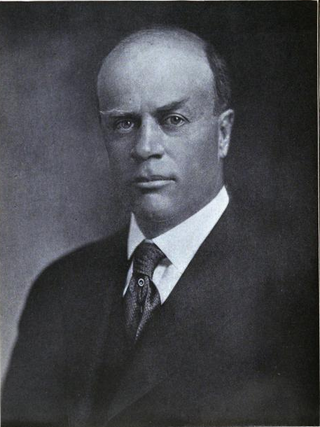
Andrew James Peters was an American politician who served as the Mayor of Boston and as a member of the United States House of Representatives. He is today best remembered for being a suspect in the death of Starr Faithfull.

Lucius Manlius Sargent was an American author, antiquarian, and temperance advocate who was a member of the prominent Sargent family of Boston.

Edgar Montgomery Cullen was an American lawyer, judge, and politician from the state of New York. Cullen is best remembered as the Chief Judge of the New York Court of Appeals from 1904 to 1913.

Dennis Keene Fitzpatrick was an American track coach, athletic trainer, professor of physical training and gymnasium director for 42 years at Yale University, the University of Michigan, and Princeton University (1910–1932). He was considered "one of the pioneers of intercollegiate sport".
Beaton Hall Squires, LL.B, BA was an All-American football player and a noted Canadian lawyer. Born in rural Newfoundland, Squires became a star football player at Harvard and was selected by Walter Camp as his first-team All-American at the right guard position in 1905. Squires received his law degree from Harvard and later became one of the leading solicitors in the Canadian province of Saskatchewan.
Events from the year 1904 in the United States.

Dudley Allen Sargent was an American educator, lecturer and director of physical training.

Edwin Checkley (1847–1925) was a British-born American athlete, physician, and the author of a book about strength-training. He was supposedly "one of the strongest men in America" in 1890.

William Albert Pullum was an English physical culturist, strongman and weightlifter. His interest in weight conditioning stemmed from a childhood illness. Yet, he matured into an icon in the physical culture world.
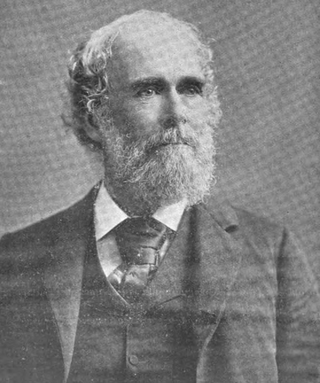
Martin Luther Holbrook was an American physician and vegetarianism activist associated with the natural hygiene and physical culture movements.

Al Treloar was an American bodybuilder, athletic trainer, author and artist's model. He won the first international bodybuilding contest in 1904, appeared in early silent films, and toured the United States as a vaudeville performer. He was physical director at the Los Angeles Athletic Club from 1907 to 1949.
Jeremiah T. Mahoney was an American lawyer and jurist. He served on the New York Supreme Court and as president Amateur Athletic Union (AAU). As president of the AAU, he advocated for the United States to boycott the 1936 Summer Olympics in protest at the racial policies of Nazi Germany. He was the Democratic Party nominee for mayor of New York City in the 1937 election, but lost to Fiorello La Guardia.
References
- 1 2 3 "Author Athlete Dies Suddenly. William Blaikie, Well-Known Lawyer, Pioneer Advocate of Physical Culture, Stricken with Apoplexy While Asleep. Retired Apparently in Best of Health. Had Written and Lectured on Subject of Athletics and Was Recognized as an Authority--Graduate of Harvard" . The Evening World. December 6, 1904. p. 6. Retrieved January 3, 2019– via Newspapers.com.
- 1 2 3 4 5 6 7 8 "William Blaikie Dead. He Wrote About and Practised Athletic Training With Success" . The New York Times. December 7, 1904. p. 9. Retrieved January 3, 2019– via Newspapers.com.
- 1 2 "Well-Known Athlete Dead". Star-Gazette. December 10, 1904. Retrieved January 3, 2019.
- ↑ Beckwith, Kimberly; Todd, Jan (August 2005). "Strength, America's First Muscle Magazine: 1914-1935". Iron Game History: The Journal of Physical Culture. 9 (1): 11–28.
- ↑ "William Blaikie Dead" . The Bourbon News. December 9, 1904. p. 8. Retrieved January 3, 2019– via Newspapers.com.